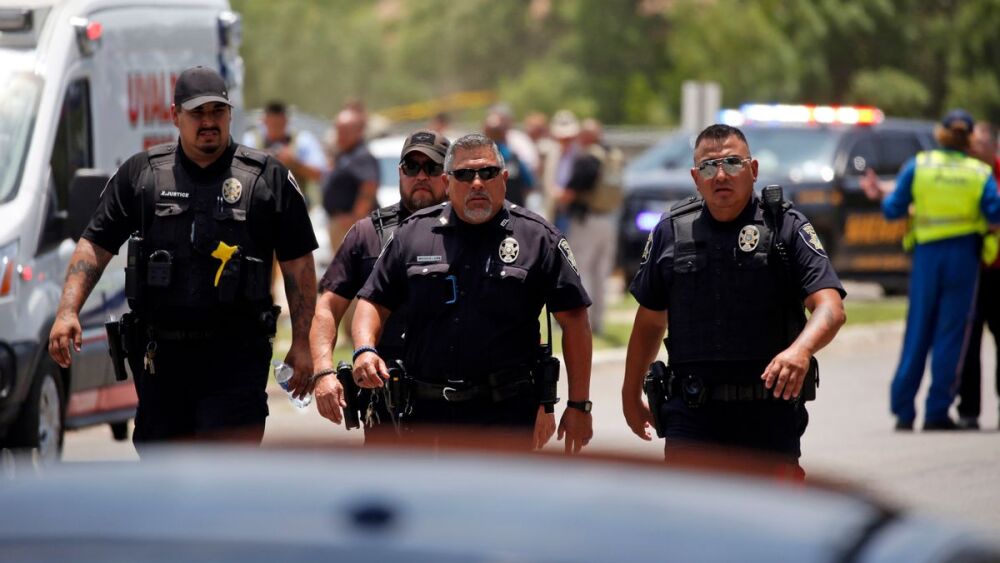Our thoughts are with the families and the first responders impacted by the tragic shooting at Robb Elementary School in Uvalde, Texas. Learn more about this response and supporting members’ mental health in times of crisis with these incident analyses:
- In “Uvalde aftermath: What should we do today?” Rob Lawrence encourages EMS leaders to take steps now to protect members from future tragedy, writing, “Sadly, this isn’t the last time we will see these headlines, but for us, today, put the tourniquet away and focus on the heart and soul of those in our charge.”
- In “Rapid response: 5 ways to be prepared for a MCI in your community,” Chief Rob Wylie details why
swift triage, being good at the basics and a plan for exfiltrating the wounded are essential steps to immediate lifesaving measures.
Nineteen children and two adults are dead in Uvalde, Texas, with an unknown number of others injured at the time of this writing. Two police officers reportedly sustained minor injuries in the process of confronting and killing a gunman responsible for the tragic and senseless massacre at the Robb Elementary School on May 24.
Like many, I immediately thought of the 2012 killing of 20 children at Sandy Hook Elementary School in Newtown, Connecticut. Since Sandy Hook and other mass killing events in churches, schools, concerts and nightclubs, public safety personnel have been on the forefront of trying to prevent these incidents and improve their lifesaving response efforts.
Stop the killing. Stop the dying.
For the public safety personnel responding to an active shooter, there are two things that matter: Stop the killing and stop the dying.
I am grateful for the police officers who stopped the killing in Uvalde. Hopefully, in the days ahead, they will be recognized for their heroism and, sometime in the future, able to share with the rest of us their lessons learned from such an unthinkable event. What actions mattered the most? What could have been done differently?
I am grateful for the teachers, police officers, EMTs, paramedics, hospital personnel, pilots and other helpers who searched frantically for injured children, provided immediate care to control bleeding and rushed those children to definitive care by private vehicle, ambulance and helicopter. Their heroic efforts will also be recognized and honored. I am also hopeful we can someday learn more about their actions and apply their lessons learned to improve MCI plans, available equipment and training courses.
I am also grateful for how much we’ve learned about traumatic incident stress, mental health and wellness in the decade since Sandy Hook. Public safety leaders: invite and encourage your personnel to get support from mental health clinicians, peer-support teams and other resources as they have a need. If you are in Uvalde and don’t have those resources or know where to look for them, please contact me and we’ll do what we can to get you connected to the right experts.
What comes next
Since Sandy Hook, as a parent and a paramedic, I’ve believed in hardening targets, increasing school security, thoroughly investigating credible threats, teaching children lockdown procedures and to Run. Hide. Fight. or Move! Escape or Attack. I am also an advocate for Stop the Bleed training and the ubiquitous availability of tourniquets.
As an action-oriented optimist, I’ve held out hope that we can live in a world without deadly shootings, but nothing makes me feel more hopeless than a school shooting. My feelings of gratitude and concern for the responders are clouded by the gloomy reality that though police, fire and EMS might be better prepared for active shooter response, schools are only slightly safer than they were after Sandy Hook. The mourning parents of Uvalde, sharing stories of their children, are sure to rekindle my belief that we can do more to protect our children.



